Keep Pantry Pests Out of Your Home
Learn tell-tale signs of pantry pests, the eight best prevention methods, and what to do if you find pests in your pantry.

Have you discovered a bug in your home and are not sure what it is? Maybe you're hearing noises coming from the attic and are wondering what type of critter has invaded. Use our pest library and insect identification guide to learn more about the insects, rodents, and wildlife common to Western North Carolina. If you've already identified your pest, simply contact A-1 Pest Control company to schedule a pest control service or speak to an exterminator to find out how we can help you resolve the problem.
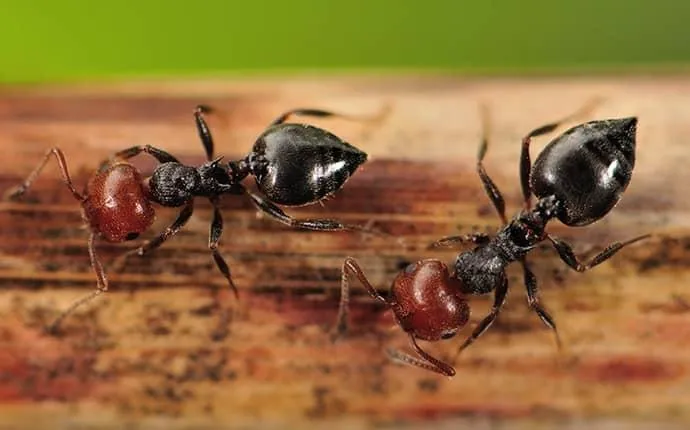
Acrobat ants can be found all throughout the United States and get their name from their ability to raise their abdomens above their thorax and head. These ants are typically viewed as nuisance pests and can cause a variety of problems when they find their way inside. Find out more information about this ant species here.
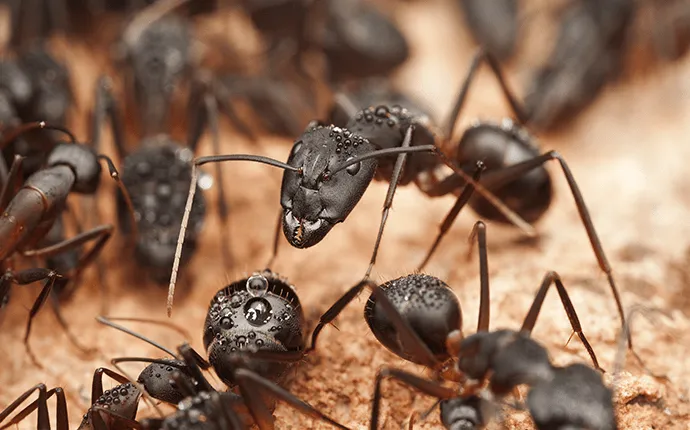
Ants are social creatures that typically live and work together in large communities. Their nests can be located outside or unfortunately inside of homes and other buildings. Ants are a very common type of insect, in fact there are more than 10,000 species found living across the world. Visit our ant identification page to learn more about the…
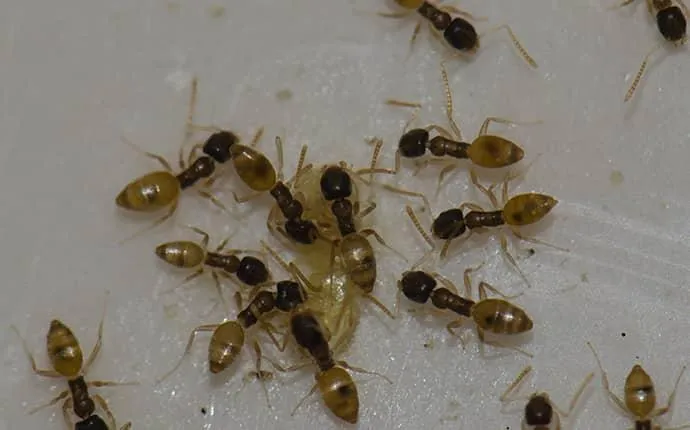
Argentine Ants are a small species of ant and are usually either shiny dark brown or shiny black in color. These ants live together in extremely large colonies. A single Argentine ant nest has the potential to have hundreds of thousands of workers and hundreds of queens living and working together. These ants are often spotted traveling together in…
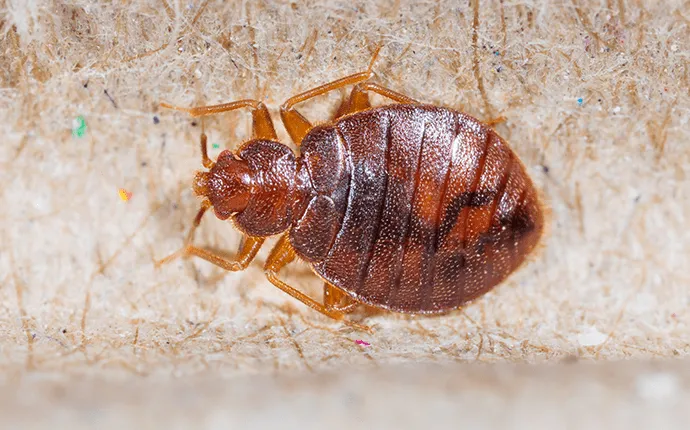
Bed bugs are a common problem for homes and businesses in North Carolina. Although it may seem that these biting insects show up out of thin air, the truth is that bed bugs have to originate from somewhere. Learn more about what bed bugs look like, habits, and how they find their way into residential and commercial environments.
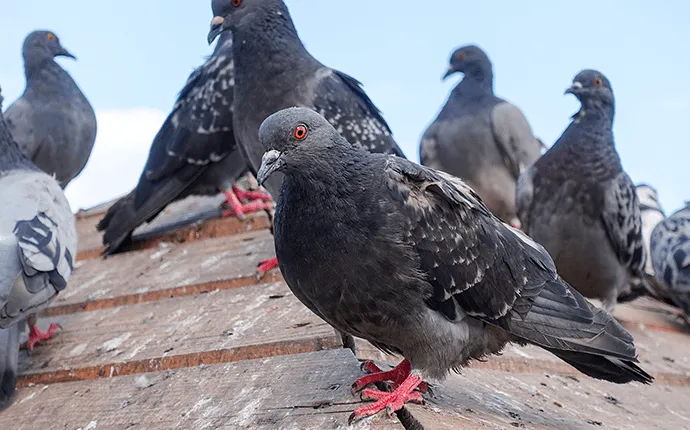
Pest birds infestations can lead to serious problems for home owners as well as business owners. Learn more about the most common types of pest birds in North Carolina including There are many different types of pest birds that call North Carolina home. Find out what makes these birds dangerous to people and property and what can be done to…
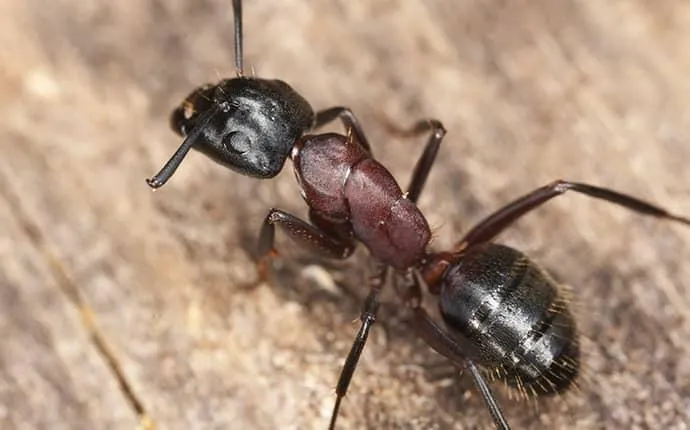
Carpenter ants are usually between 1/8 and 1/2 of inch in length, appear to be either black, yellow or red in color and have a segmented body. These pests can cause significant damage to wood products so identification and prevention is vital to your home and property.
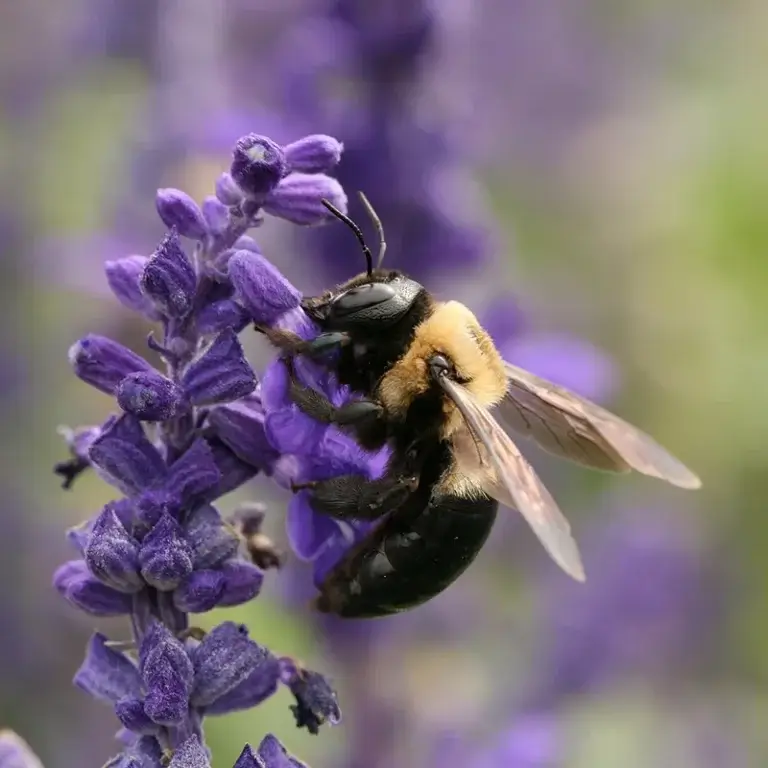
North Carolina carpenter bees, scientifically known as Xylocopa virginica, are a prevalent and distinctive species of solitary bees found throughout the state. Recognized for their robust size and striking metallic blue-black sheen, these bees are commonly observed burrowing into wood to create nests. The nesting habits can sometimes pose challenges for homeowners, as the bees may inadvertently damage wooden structures.
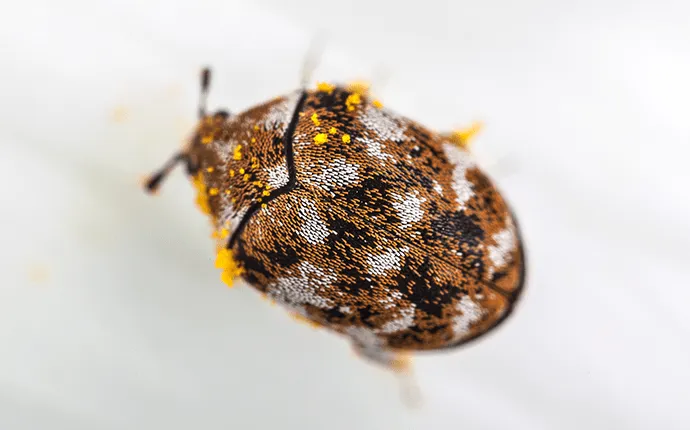
Carpet beetles are often mistaken for bed bugs and vice versa. Learn more about carpet beetles including why they are appropriately called fabric pests, what can be done to prevent infestations of these bugs, and how to resolve an existing problem.
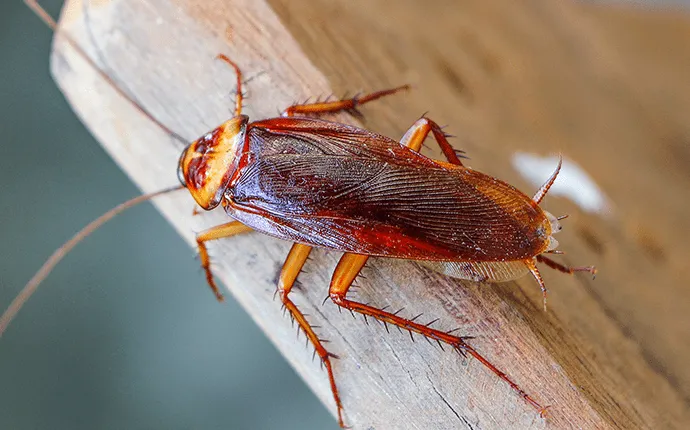
Roaches are one of the most reviled insects in the world and are unfortunately a problem for homes and businesses in North Carolina. Learn more about the types of roaches property owners and managers run into in our region, why they infest, and what can be done to get rid of cockroaches.
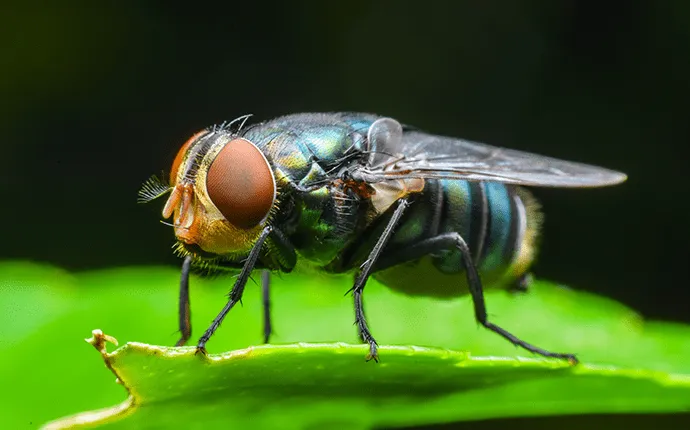
According to the National Pest Management Association, there are more than 120,000 species of flies worldwide and 18,000 in North America. Learn about the common types of flies in North Carolina and what you should do if your home or business is experiencing a fly infestation.
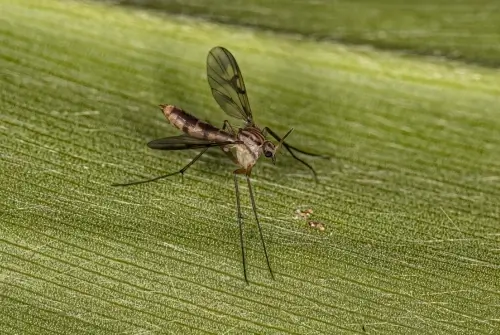
Learn about the four different types of North Carolina gnats as well as ways to prevent them in your home. You can use gnat traps, natural repellents, or request pest control for gnats if the problem gets out of hand.
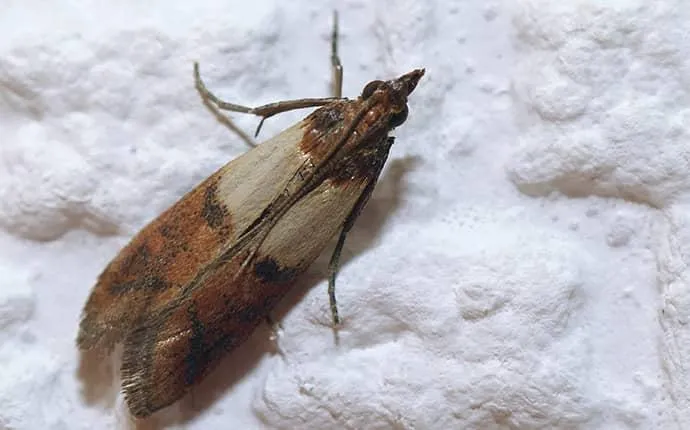
Adult Indian meal moths grow to about 5/8th of an inch in length from wing tip to wing tip. Their body grows to be about ¾ of an inch in length. This species is fairly easy to identify because of their distinctive-looking wings. Indian meal moths’ wings have a dark band that separates the front wing from the back of the wing.
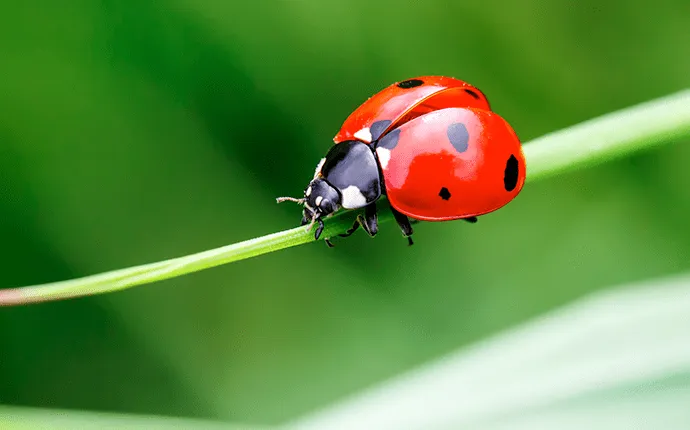
While ladybuugs are not considered a dangerous pest, they can still cause quite a nuisance within your North Carolina home with their ability to invade homes in very large populations.
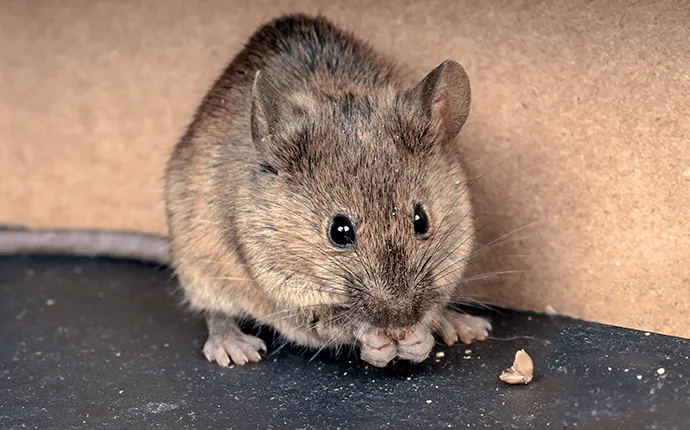
Mice are commensal rodents, meaning they partially depend on humans for survival. If there’s an opportunity for mice to infest homes and businesses, you can be sure they'll take it. Learn more about the signs of a mouse infestation and how you can keep mice out of your structure.
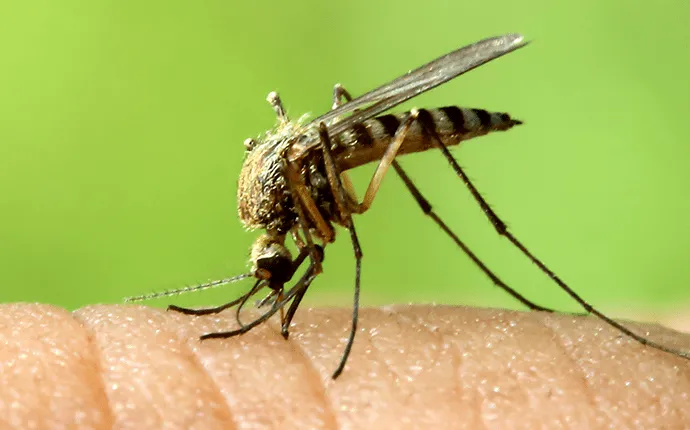
Mosquitoes are considered one of the most dangerous animals in the world. That’s because they transmit diseases that can seriously affect health. Learn more about the diseases mosquitoes can carry and how you can protect yourself and your family.
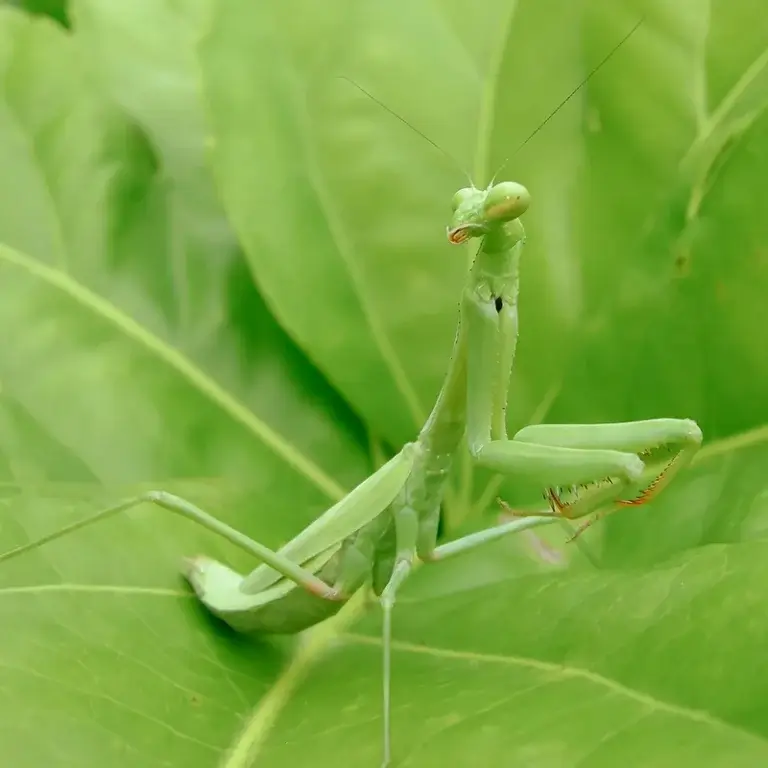
The North Carolina praying mantis, known for its distinctive appearance and predatory prowess, is an insect found throughout the state. Belonging to the Mantidae family, these creatures are characterized by their elongated bodies, triangular heads, and formidable front legs adapted for capturing prey. In North Carolina's diverse ecosystems, these predators play a crucial role in controlling insect populations, contributing to the overall ecological balance.
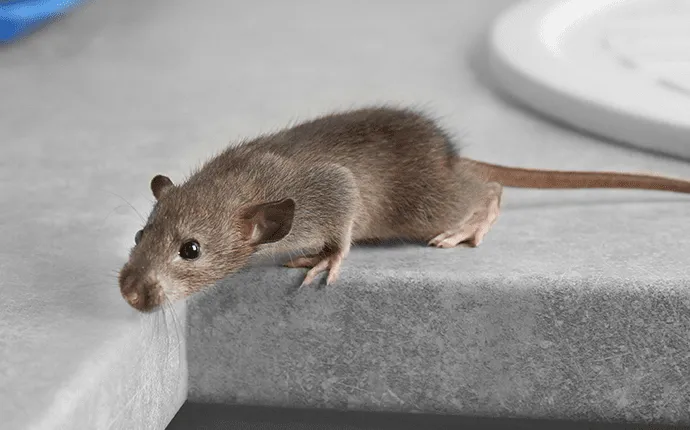
Learn more about the different types of rats that call North Carolina home. Discover the difference between different species and how to prevent rats around your home or business.
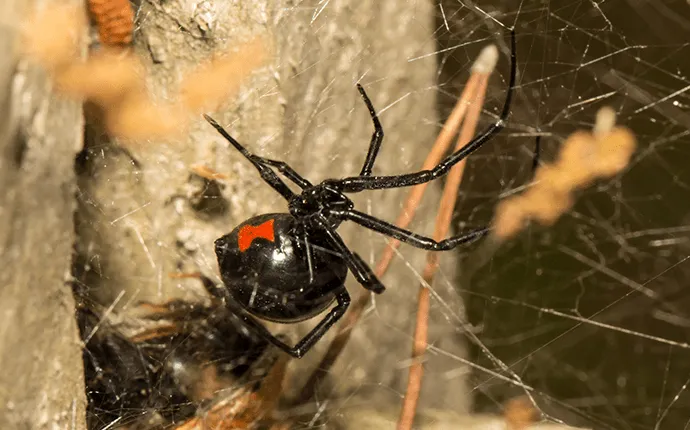
While there are tens of thousands of spiders found throughout the world, there are only a handful that are considered common to North Carolina. Learn about the different types of spiders in the Tar Heel state including which ones are venomous and which ones are harmless.
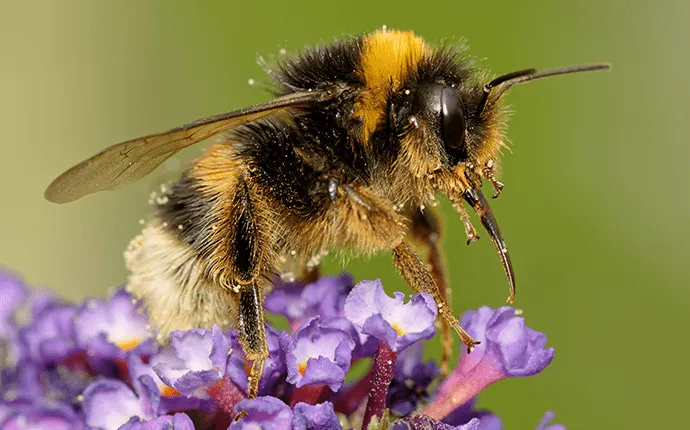
While beneficial in nature, bees, wasps, and other stinging insects North Carolina can be dangerous to people and destructive to property. Learn more about these pests including which ones are likely to attack and sting and what to do should you be stung.
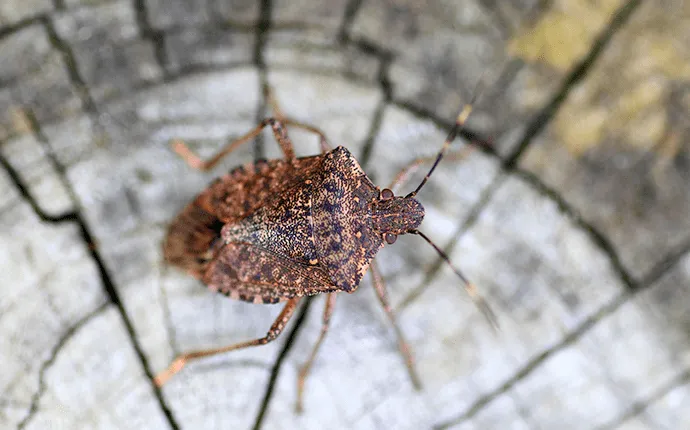
While stink bugs are not considered a dangerous pest, they can still cause quite a nuisance within your North Carolina home with their powerful odor and their tendency to travel in large populations.
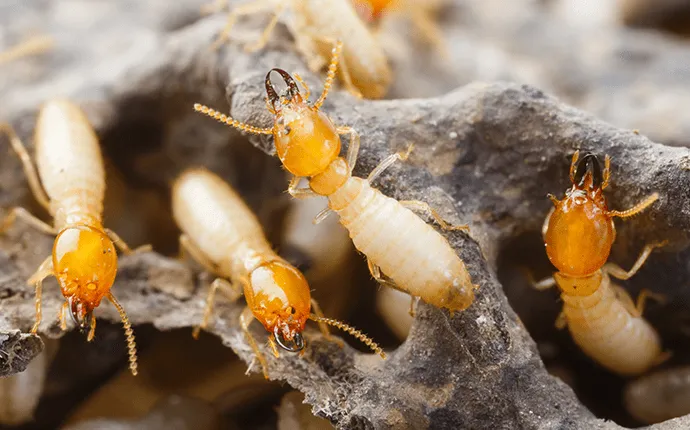
Did you know that termites cause more than five billion dollars in damage in the United States every year? What's more, you could have a serious termite infestation and not even know it. Learn more about termites, their colonies and caste system, what termite damage looks like, and what to do to control and prevent these destructive pests.
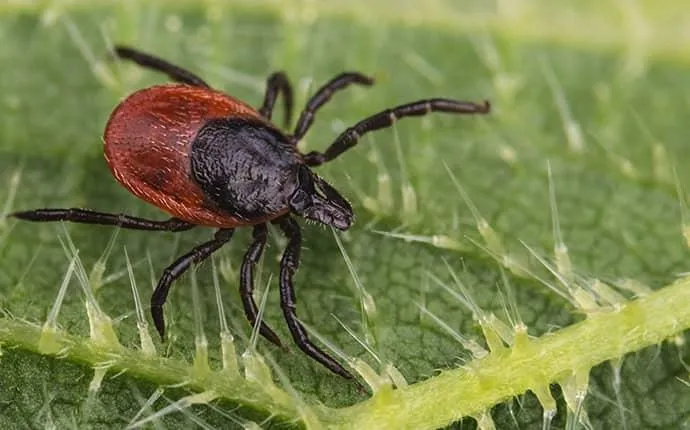
In North Carolina, there are several types of ticks that are found living in or around homes and businesses. Keep reading to learn more about these species.
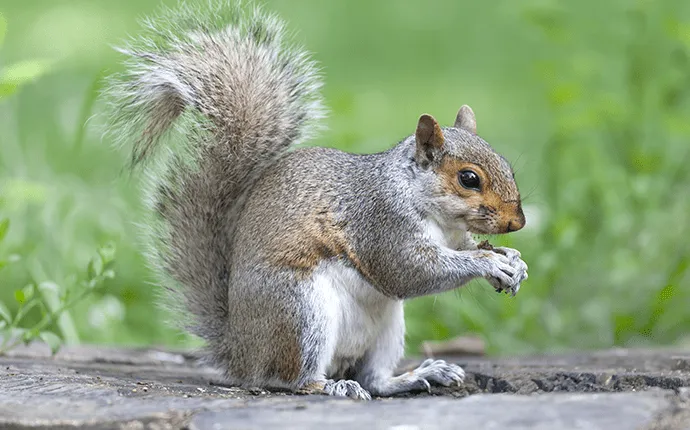
Wildlife in homes or businesses can cause major headaches. Find out more about the different types of wildlife that can be found throughout North Carolina and steps you can take to keep nuisance wildlife away from your home and family.

Type in your zip code below to see if we service your area in North Carolina
Lenoir, NC 28645 | View Location Page
Blowing Rock, NC 28605
Hickory, NC 28602
Mooresville, NC 28115
West Jefferson, NC 28694
Hendersonvile, NC 28792
Clemmons, NC 27012
Advance
Lewisville
Winston Salem
Mocksville
Complete the form to schedule your no obligation estimate with A-1 Pest Control.
"*" indicates required fields
I have had A-1 servicing my house on Beech Mtn NC since 1993. The office staff is friendly and very helpful. The service personnel are punctual and deliver outstanding service. I would highly recommend A-1!
Excellent service, with courteous and knowledgeable personnel.
Really good people to work with, they are professional and finish their job in a timely manner.
Best pest control service we've received in the past five years. Greg called before he arrived, flashlight in hand, sprayed throughout the inside of the house before servicing the outside, listened to some issues we've had with mice, found some places where they may have been coming in, and filled them with steel wool. Wow! Thank you Greg!
A-1 has been extremely helpful in solving our pest issues. Alex was very knowledgeable, informative and helpful. Mick, too was very helpful in making our decisions for pest control. Keep up the great work!
Excellent work, very knowledgeable, dependable and friendly I would recommend A-1 termite in Lenoir to friends and family!!!!!
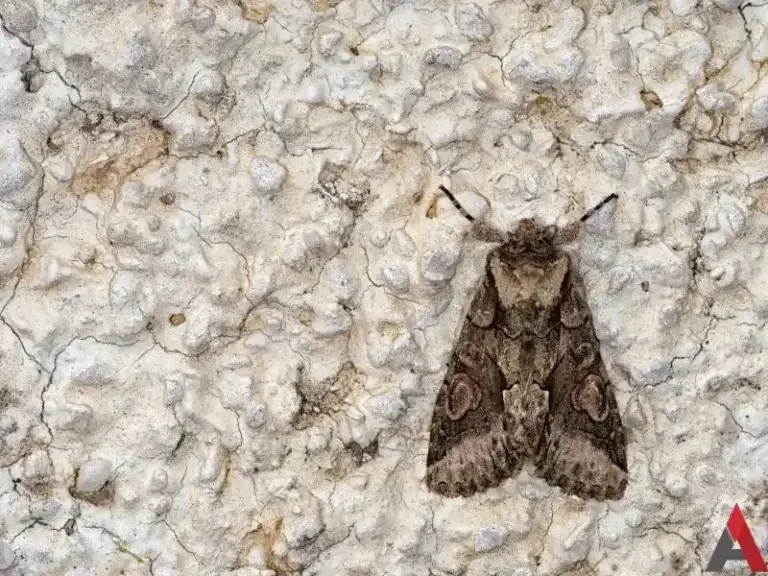
Learn tell-tale signs of pantry pests, the eight best prevention methods, and what to do if you find pests in your pantry.
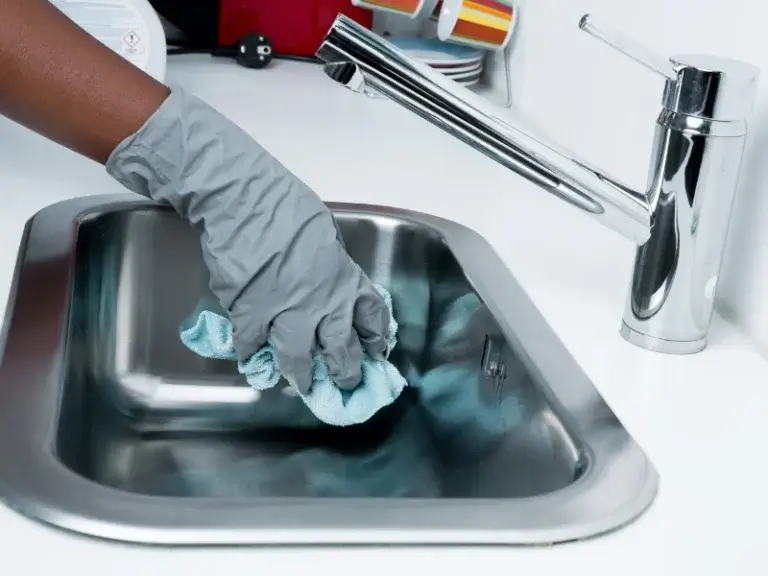
How to Keep Your Kitchen Free from Pests Kitchens are the heart of every home, but if you’re not careful they can also become a hub for some less welcome guests: Pests. From ants to rodents, these invaders are typically attracted to the food, moisture, and warmth that kitchens naturally provide. Preventing a kitchen pest […]
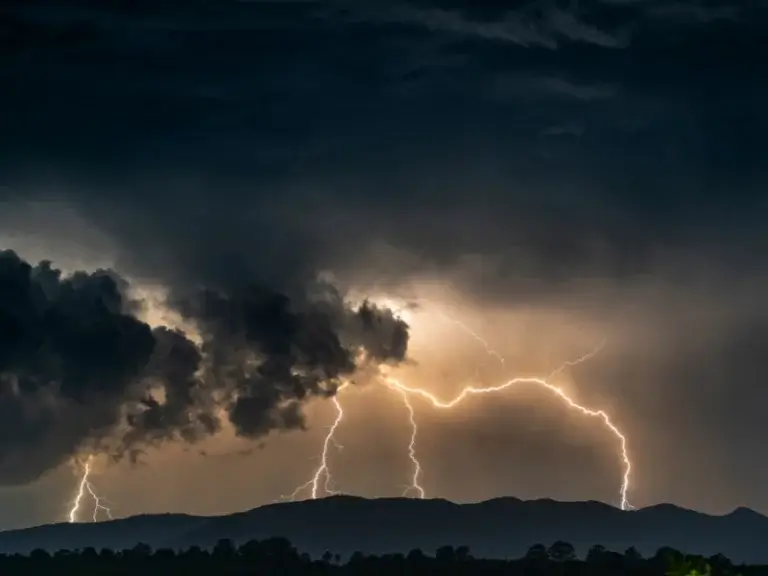
Love them or hate them, there is no denying that thunderstorms can leave some challenges in their wake. Aside from water damage and structural issues, a big storm—along with the excess moisture it brings—might just create the perfect environment for unwanted insects to sneak into your house, and to thrive. Effective post-storm pest prevention helps […]

"*" indicates required fields
